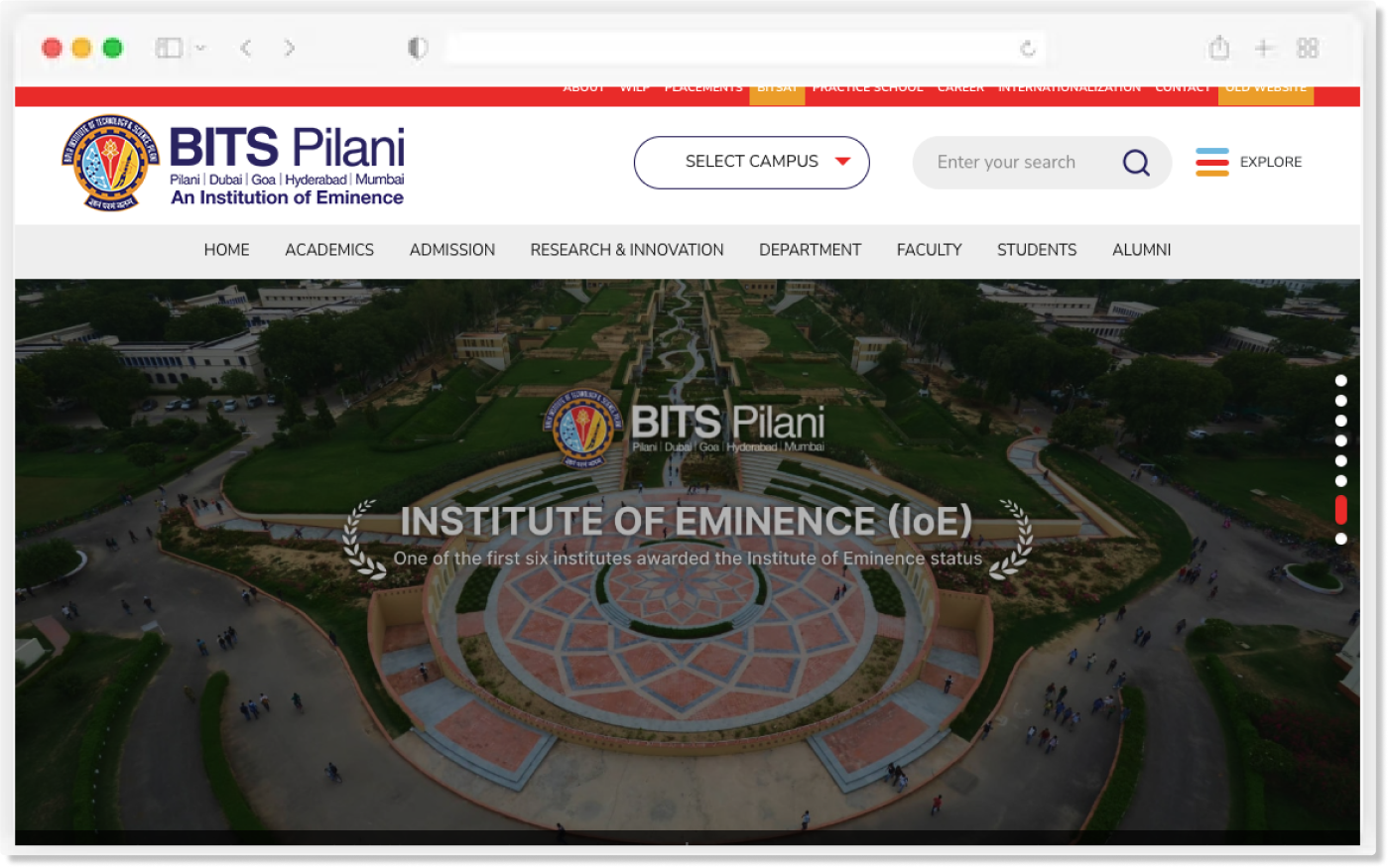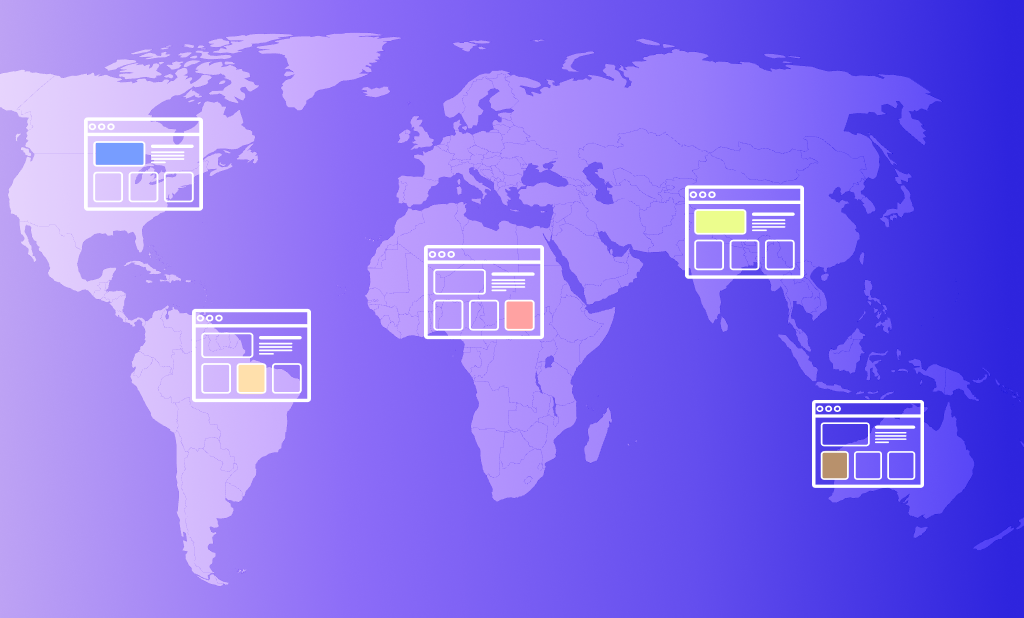Website and app design plays a crucial role in our digital age, and as the world becomes increasingly connected, the importance of cultural localization in design cannot be understated. Cultural localization encompasses the adaptation of products and services to meet the cultural needs and preferences of specific target markets. This process involves more than just translation; it involves understanding and integrating cultural elements into design to create a personalized and engaging user experience.
In this article we’ll explore the differences in culture by understanding the six dimensions of Hofstede’s Culture dimension theory. I’ll also add in a case study to show the differences in action.
Who is this article for?
This article is best suited for Product Leaders, Product Designers, and C-level executives. It is particularly meant for companies who are planning an expansion into a territory they may not know much about.
Oftentimes product expansions are done by taking what works in a company’s home country and launching that in a new territory with some tweaks and adjustments. While in some cases this may work but in others it does not. Cultural differences may be a good reason for this to happen and it pay offs to learn about it before the launch so key metrics post launch aren’t a shock.
The Importance of Localization in Design
Localization is essential in design because it allows businesses to effectively communicate with their target audience and create a harmonious user experience. When users interact with a website or app that takes cultural elements into account, they feel understood and valued. This connection strengthens the user's bond with the product or service, ultimately driving customer loyalty and satisfaction.
However, successful localization strategies go beyond language adaptation. They consider cultural symbols, icons, colors, and images that resonate with the target market. For instance, different cultures have different color associations. While red may symbolize luck and prosperity in Chinese culture, it is associated with danger and caution in Western cultures. Understanding these cultural subtleties enables designers to create visually appealing and culturally relevant interfaces.
In addition to aesthetics, navigational structures and content layout should also be considered. Cultural differences influence how individuals process information and navigate digital interfaces. Taking this into account ensures that users can effortlessly find information and complete tasks, enhancing user experience.
The Science behind Cultural Differences
Learning about Geert Hofstede’s cultural dimension theory is important to understanding cultural differences. This framework measures culture across six dimensions:
- Power Distance Index (PDI)
- Individualism vs Collectivism (IDV)
- Uncertainty Index (UAI)
- Motivation towards achievement or success (MAS)
- Long-term orientation vs short-term orientation (LTO)
- Indulgence vs restraint (IND)
Each of these dimensions is a score where 1 is the lowest and 100 is the highest. Let’s delve into each of these dimensions to understand them better.
1. Power Distance Index (PDI)
This dimension explores the extent to which people accept authority. It helps you understand if people accept that power distribution is unequal.
- A higher score on this index indicates that hierarchy is clearly established and authority is not questioned.
- A lower score indicates that people question authority and there is an attempt to distribute power.
2. Individualism vs Collectivism (IDV)
This dimension explores the degree to which people are integrated into groups.
- A high score on this index indicates a high emphasis on community. A society with tightly integrated relationships. Where people think about “us” first.
- A lower index, on the other hand, indicates a society where there is a lot of emphasis on “I”. These societies have loose ties and relationships.
3. Uncertainty Index (UAI)
This dimension is an interesting one. It measures a society’s tolerance to ambiguity. How openly do people accept the unexpected or unknown? In short how open are people to change?
- A high score on this index tells us that people prefer a strict guidelines, laws, and believe in one lone truth. Radical change is difficult.
- A lower score, on the other hand, signifies that people are more accepting of differences and ideas. They accept changes and are okay with ambiguity.
4. Motivation towards Achievement or Success (MAS)
This dimension measures a society’s preference for achievement.
- A higher score on this index signifies a society that prefers achievement, assertiveness, and material rewards for success.
- A lower score indicates a society’s preference for cooperation, caring, and quality of life.
5. Long term orientation vs Short term orientation (LTO)
This dimension measures a society’s preference for long-term goals. It also measures whether people are okay with delayed gratification.
- A higher score on this index indicates that people are more inclined to think long-term. They are okay with investing time now to get a reward later. The savings rates in these societies are high.
- A lower score, however, indicates that people want what they want now.
6. Indulgence vs Restraint (IVD)
This index refers to the freedom a society provides to its citizens.
- A high score on this index tells you that people have strict social norms. A society that is governed by restraint.
- A lower score, on the other hand, tells you that people are relatively free to do what they enjoy.
I recommend using this tool to review the index for each country. It will help you understand the people in that country using these six different dimensions. You can then use this information to plan your product expansion, design, user flows, go-to-market, and much more.
A Case Study showcasing the influence of cultural differences on design
There is nothing like learning from a case study. Take a look at the two images below.

.png)
The above images are screenshots of two universities. BITS Pilani from India & Harvard University in the United States.
Let’s now take a look at the Hofstede scores for India & the United States. Take a look here.

India ranks very high on the power index. A higher index signifies the acceptance of authority. Hence the BITs website talks about accolades and their overall rank. The Harvard website instead tells you about the ground breaking work they are doing.
Where to go from here?
Designing for cultural localization is an ongoing process that requires constant reflection and adaptation. As cultures evolve and change, so do their design preferences and expectations. By understanding and integrating cultural elements into design, businesses can deepen their connection with their target audience and foster brand loyalty. Through effective localization strategies, designers can navigate cultural sensitivities, incorporate cultural dimensions, unpack variations, and reflect on cultural adaptation, ultimately leading to successful global designs that resonate with diverse audiences.
Embracing cultural localization is not just about expanding your reach; it's about connecting deeply with your audience in a way that feels personal and respectful. At Wednesday, we understand the intricacies of cultural nuances and the importance of integrating them into your digital solutions. If you’re expanding into a new territory or aren’t seeing your product metrics work, our services can help. Learn more about our services by booking a free consultation here.
Enjoyed the article? Join the ranks of elite C Execs who are already benefiting from LeadReads. Join here.






